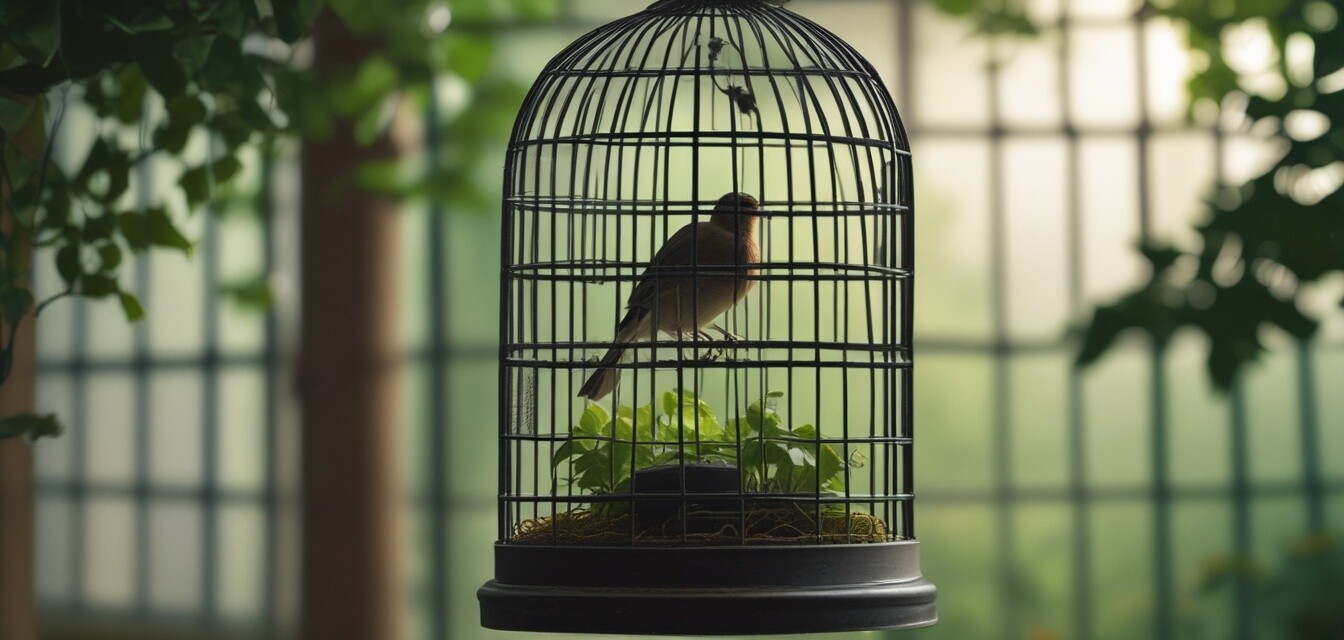
Essential steps for quarantine when bringing home a new bird
Key Takeaways
- Start with a proper quarantine to ensure your new bird is healthy.
- Perform health checks and watch for symptoms of illness.
- Provide suitable housing and environment for the quarantine period.
- Monitor interactions with other birds to minimize disease risk.
- Consult with an avian vet for any concerns or checks.
Bringing home a new feathered friend is an exciting experience! However, it’s essential to prioritize their health and the health of your existing pets during this transition. Quarantining your new bird is a critical step in preventing the spread of diseases. This guide will walk you through the essential steps for effectively quarantining your new bird to keep your flock happy and healthy.
Why is quarantine important?
Quarantine is crucial for several reasons:
- Identify health issues: New birds may carry illnesses that are not immediately visible.
- Prevent disease spread: Keeping new additions separate reduces the risk of infecting existing birds.
- Adjusting to the environment: A quarantine period allows your new bird to acclimate without stress from other birds.
Steps for quarantining a new bird
1. Isolate the new bird
Start by placing the new bird in a separate cage in a different room away from your other birds. This will minimize the chance of disease transmission.
2. Choose the right cage
Your quarantine setup should be comfortable and suitable for your new bird:
| Consideration | Description |
|---|---|
| Cage Size | Ensure it's spacious enough for the bird to move around comfortably. |
| Base Material | Use an easy-to-clean base material to maintain hygiene. |
| Location | Keep the cage in a quiet area, avoiding drafts and direct sunlight. |
3. Monitor health closely
Over the first month, watch your new bird for signs of illness. Common symptoms to look for include:
- Changes in behavior (e.g., lethargy)
- Loss of appetite
- Abnormal droppings
- Feather plucking
4. Conduct health checks
It's advisable to schedule a visit with an avian vet shortly after bringing your new bird home. They will recommend necessary health checks such as:
- General physical examination
- Testing for common diseases
- Parasite checks
5. Maintain strict hygiene
Hygiene is paramount during the quarantine phase. Here are some best practices:
- Clean the cage regularly.
- Wash your hands before and after handling your new bird.
- Use separate food and water bowls for the new bird.
6. Limit interactions with other birds
During the quarantine phase, keep interactions with your other birds to a minimum. Refrain from allowing the new bird to see or come in contact with existing pets.
Duration of quarantine
The general recommendation for a quarantine period is at least 30 days. This timeframe allows for the observation of symptoms and a health check before introducing the new bird to the rest of your flock.
After the quarantine period
Once the quarantine period is over, it's critical to integrate the new bird into the existing flock slowly. This can be done through:
- Familiarization through a barrier (like a cage beside the existing birds)
- Supervised interactions
- Gradually increasing interaction times
Final Thoughts
Quarantining your new bird is a straightforward but essential step to ensure the health and happiness of your pet and existing birds. For more information on caring for your cage birds, check our other articles on Cage Bird Health and Care and Buying Guides for Cage Birds.
Pros
- Protects existing birds from disease
- Allows new birds to adjust slowly
- Encourages proper health monitoring
Cons
- Can be time-consuming
- Requires extra space and resources